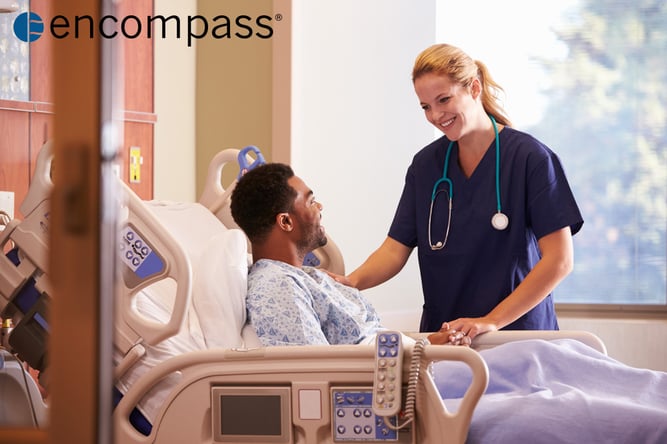Today’s nurses are well-positioned to take the lead in the prevention of pressure injuries (PIs) among patients in their care. There is ample evidence that nurses have already taken on this role by implementing evidence-based standards of practice, which include daily skin assessment, proper turning and handling techniques, the use of therapeutic surfaces, and pay close attention to the management of patients’ comorbid conditions and nutritional status. By also leveraging their traditional strength as patient educators, nurses can achieve even greater reductions in PIs by teaching patients how to actively engage in their own care.

Many patients are physically able to participate in their own pressure injury prevention (PIP) activities. Research shows that when patients are encouraged to become involved in their own health care, they are more likely to adhere to treatment plans, which can result in measurable improvements in patient outcomes. In one study, patients expressed willingness to take part in prevention measures such as repositioning, skincare, avoiding extremes of heat and cold, and hydration. The research also revealed that while patients had a general knowledge about PIP, there were areas in which adherence could be improved with more education about evidence-based PI prevention strategies. In fact, two-thirds of the patient participants had not received written information or formal instruction on PIP and were relying instead on past experiences and assumptions.
Despite patients’ overall readiness to participate in their care, discomfort or disability can interfere with their efforts. For example, patients may grasp the importance of repositioning but are less likely to initiate these activities if they are painful. Patients also may be reticent to talk to their providers about their level of pain, so that providers often underestimate their patients’ discomfort. However, when pain is appropriately managed, patients are more inclined to turn and reposition themselves as needed. Patients also called out the problem of uncomfortable bedding that made movement difficult and hot sticky mattresses as obstacles to their self-care efforts.
Patients, however, are less likely to take a proactive approach to PIP if the required tasks seem too complex or unfamiliar. They are also unlikely to speak up about problems they are having adhering to a self-care routine if they are worried that they may be perceived as challenging their caregivers’ judgment. Many of these barriers to patient involvement can be addressed by instituting better lines of communication between hospital staff and patients. The Agency for Healthcare Research and Quality (AHRQ) Guide to Patient and Family Engagement in Hospital Quality and Safety is an evidence-based resource to help clinicians and hospitals partner with patients and their families to combat problems such as HAPIs.
Nurses have always been on the frontline of patient care. This close involvement enables them to understand the medical and emotional needs of their patients. Over the years, their insights have provided the basis for important innovations in patient comfort and safety. Likewise, nurses are in a prime spot to educate patients about the need for PIP and actively engage them in multi-disciplinary strategies to reduce the unnecessary burden of pressure injuries. To learn more about incredible role nurses have played in pressure injury innovation, click here.


